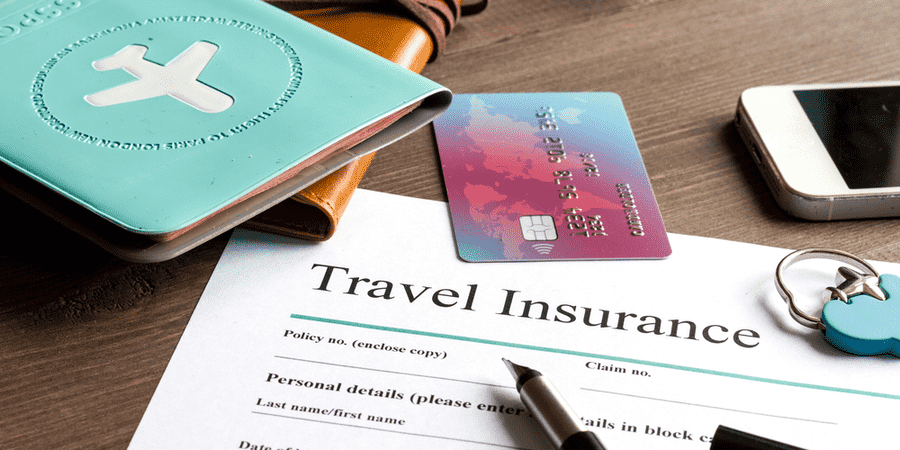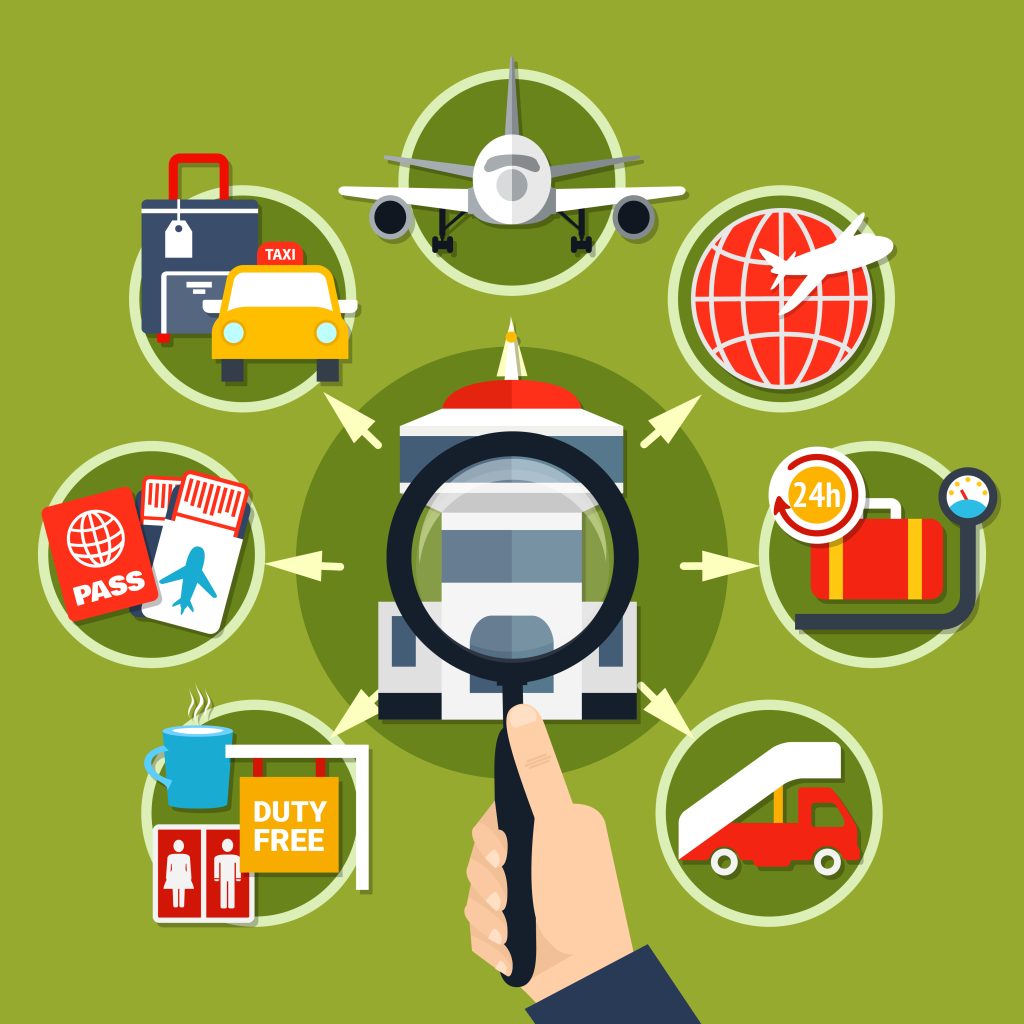Travel Risk Management: Safeguarding Corporate Travelers
In today’s volatile world, ensuring employee safety during business trips is more critical than ever. Corporate travel now involves navigating flight cancellations, quarantine rules, and sudden lockdowns—especially since COVID-19. To meet their duty of care, companies need robust Travel Risk Management (TRM) frameworks that anticipate disruptions and safeguard travelers.
What Is Travel Risk Management?

TRM is a systematic, proactive strategy to protect employees on the move. It combines risk assessment, real-time monitoring, and instant response mechanisms to deliver ongoing safety support. From emerging health risks to political unrest, TRM equips companies to manage dangers effectively.
Why Do Organizations Need Travel Risk Management?
Business trips expose employees to many potential hazards:
- Health crises (e.g., pandemics, local illnesses)
- Natural disasters (storms, earthquakes, flooding)
- Transportation accidents
- Visa or travel document issues
- Terrorism or violent unrest
- Political instability, strikes, or protests
A strong TRM plan enables firms to preemptively reroute, reschedule, or cancel trips, ensuring employees stay out of harm’s way. This structured approach keeps communication open and maintains peace of mind.
Core Components of Effective TRM
- Prevention
Stay ahead with alerts for planned disasters, changing travel mandates, and evolving security threats. - Monitoring
Continuously monitor travel destinations for emerging risks and regulatory changes. - Response
Provide immediate medical support, evacuation assistance, and on-ground emergency contacts as needed.
By combining prevention, monitoring, and response, TRM ensures that even the best-laid travel plans can adapt to unforeseen events.
Benefits of a Strong TRM Program
- Careful pre-trip briefings that include destination-specific safety tips
- Proactive alert systems for evolving dangers (weather, political, health)
- Real-time travel advisories integration and itinerary updates
- Access to emergency resources, from medical to evacuation support
- Clear communication channels and beneficial support tools
- Reinforced duty of care, boosting employee trust and organizational reputation
Employee Education is Crucial
Empowering employees with awareness of local contexts, health protocols, and emergency procedures is vital. Organizations should hold pre-trip briefings and distribute destination-specific guides outlining travel advisories, cultural norms, and safety protocols. Involving employees in the development of TRM plans ensures they’re prepared, informed, and engaged.
How TRM Providers Help

Professional TRM services deliver end-to-end risk coverage:
- Health Safety
Pre-travel guidelines, vaccination requirements, food and water safety tips, and real-time health advisories. - Environment Monitoring
Live updates on weather events like storms or floods, with rerouting recommendations. - Alert Management
Consolidation of government and internal advisories with direct communication to travelers and updates to itineraries.
These companies help businesses design, implement, and automate TRM policies—often through advanced platforms incorporating duty-of-care protocols and customized travel rules.
Conclusion
With increasing travel disruptions worldwide, a solid TRM program isn’t optional—it’s essential. Companies must protect their most valuable resource—employees—by preparing for the unexpected. A structured travel risk management system ensures safety, maintains compliance, and reinforces corporate trust.
By partnering with top TRM providers and platforms, such organizations can deliver seamless, proactive risk management before, during, and after each trip—demonstrating true commitment to employee safety.
Travel Risk Management FAQs
Why implement travel risk management?
It helps organizations identify, plan for, and respond to travel disruptions like health issues, flights cancellations, or natural disasters.
Why train employees on travel risks?
Educated travelers understand risks, comply with safety protocols, and can act decisively during emergencies.
What does a TRM plan cover?
TRM plans address epidemics, natural disasters, accidents, political unrest, terrorism, and visa issues.
How do you manage travel risks?
Steps include: risk evaluation, policy development, safety training, real-time monitoring, and proactive traveler support.
What are common travel risks?
Security threats, health hazards, extreme weather, transport delays, and cultural or regulatory misunderstandings.
Leading travel risk management companies?
Prominent names include International SOS, Global Rescue, WorldAware, On Call International, and Drum Cussac.


